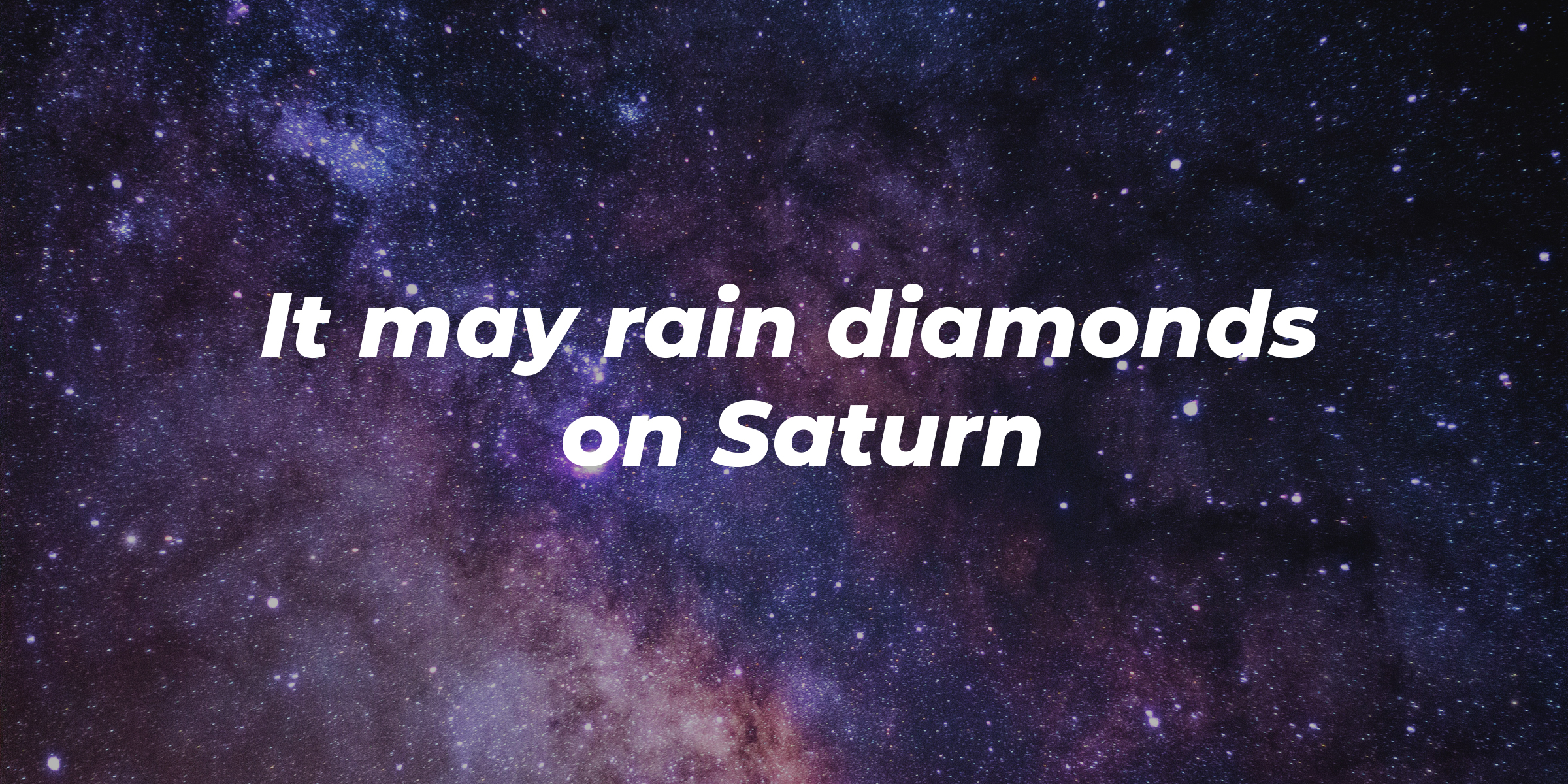
Facts about Saturn: Fall in Love with This Gorgeous Ringed Planet
Hopefully, we all know our eight planets, and Pluto, if we want to be kind. But how much do we know about each of them individually? Learn more about Saturn by reading these 19 facts.
Our universe, solar system, and every planet within it is phenomenal. To think that there is so much to learn from one speck of dust makes one wonder at the extent of knowledge we can gain from the limitless cosmos.
One such part of the cosmos is Saturn, the planet we mainly know for its beautiful rings. However, there is so much more to know. Let's take a deep dive into this beautiful planet by reading the 19 facts below.
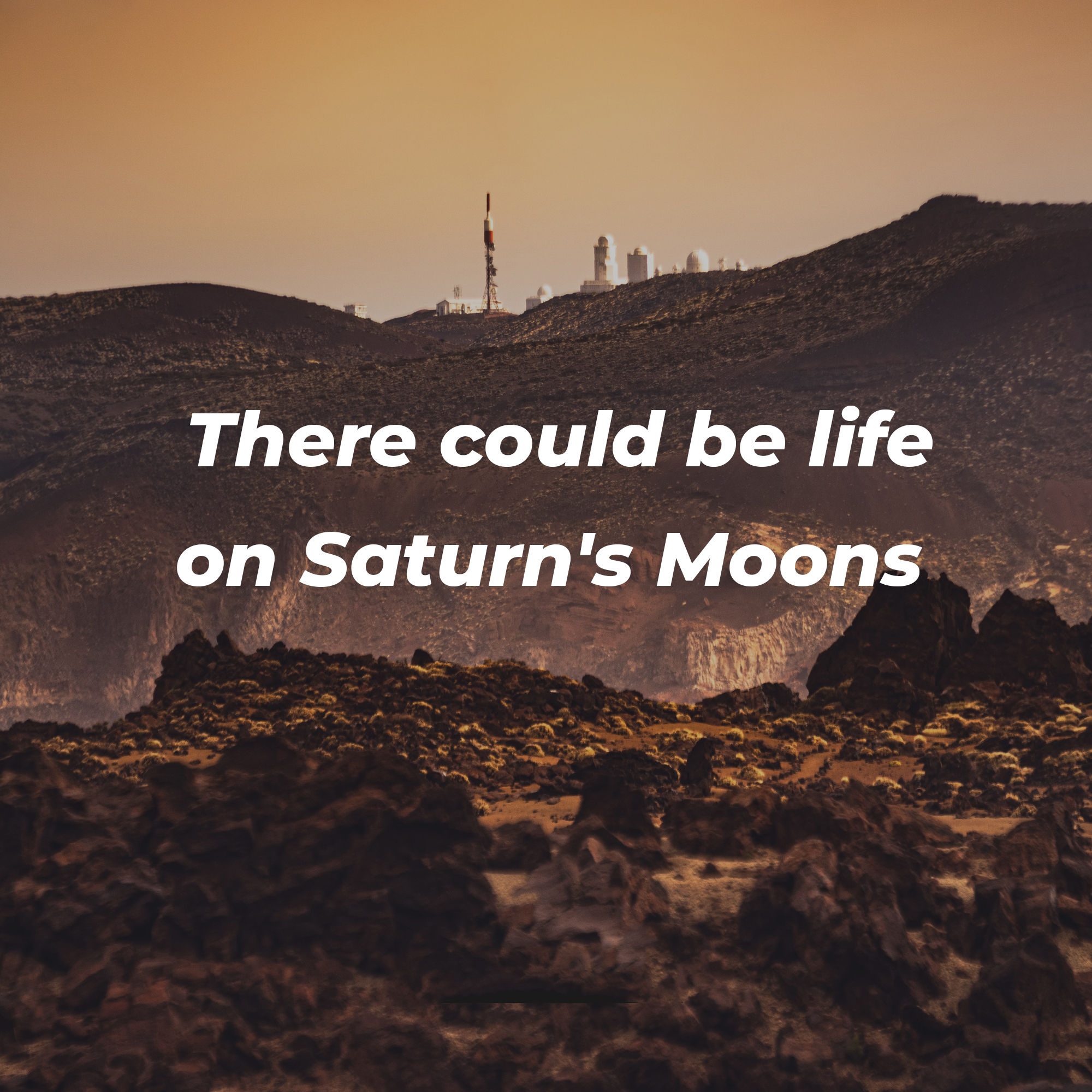
A picture of a rocky horizon with a city in the distance and overlaid text reading, “There could be life on Saturn’s moons.” | Image: Unsplash
1. 29 Years on Earth Is One Year on Saturn
Due to how slowly Saturn rotates around the Sun, its years are much longer than Earth's.
2. Saturn's Days Are Very Short
A full day on Saturn Lasts 10 hours and 14 minutes due to the high speed with which it spins on its axis.
3. The Length of Saturn's Rings Are Unimaginable
The dominant rings are so long, they could almost reach from the moon to the Earth.
4. You Can See Saturn's Storms From Earth
There are regular and massive storms on Saturn, called Great White Spots, that can be seen from Earth.
5. Saturn Has Close to 100 Moons
Now known as the "moon king," Saturn has the most moons in the Solar System. So far, 82 are confirmed.
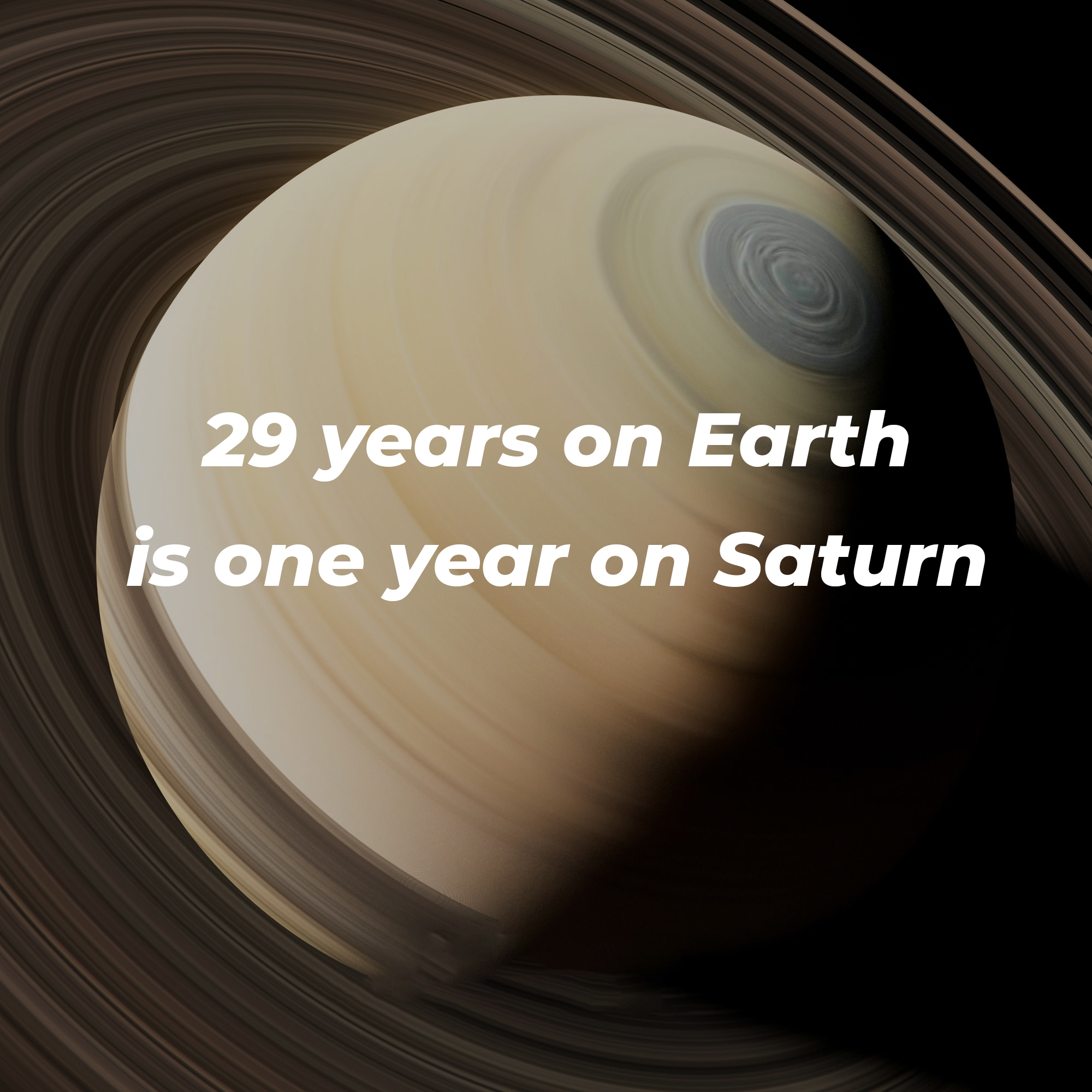
An animated picture of Saturn with overlaid text reading, “29 Years on Earth Is One Year On Saturn.” | Image: Unsplash
6. The Largest Moon of Saturn is Significantly Larger Than Mercury
Aptly named Triton, this moon takes on the runner-up title for the largest moon in our Solar System. Jupiter's moon Ganymede is number one.
7. It May Rain Diamonds on Saturn
Due to the specific mix of hydrogen and helium, experts state that rain on this ringed planet may rain significantly big diamonds.
8. Jupiter is the Only Planet Bigger than Saturn
Jupiter, the giant planet in the solar system, is the only planet larger than Saturn.
9. We Will Have to Say Goodbye to Saturn's rings
In an estimate of 100 million years, experts believe Saturn will no longer have rings.
10. Humans Have Come Close to Saturn Four Times
In 1973, NASA launched the probe Pioneer 11. Following this were the probes Voyager I and II.
Lastly, there was the Cassini-Huygens mission.
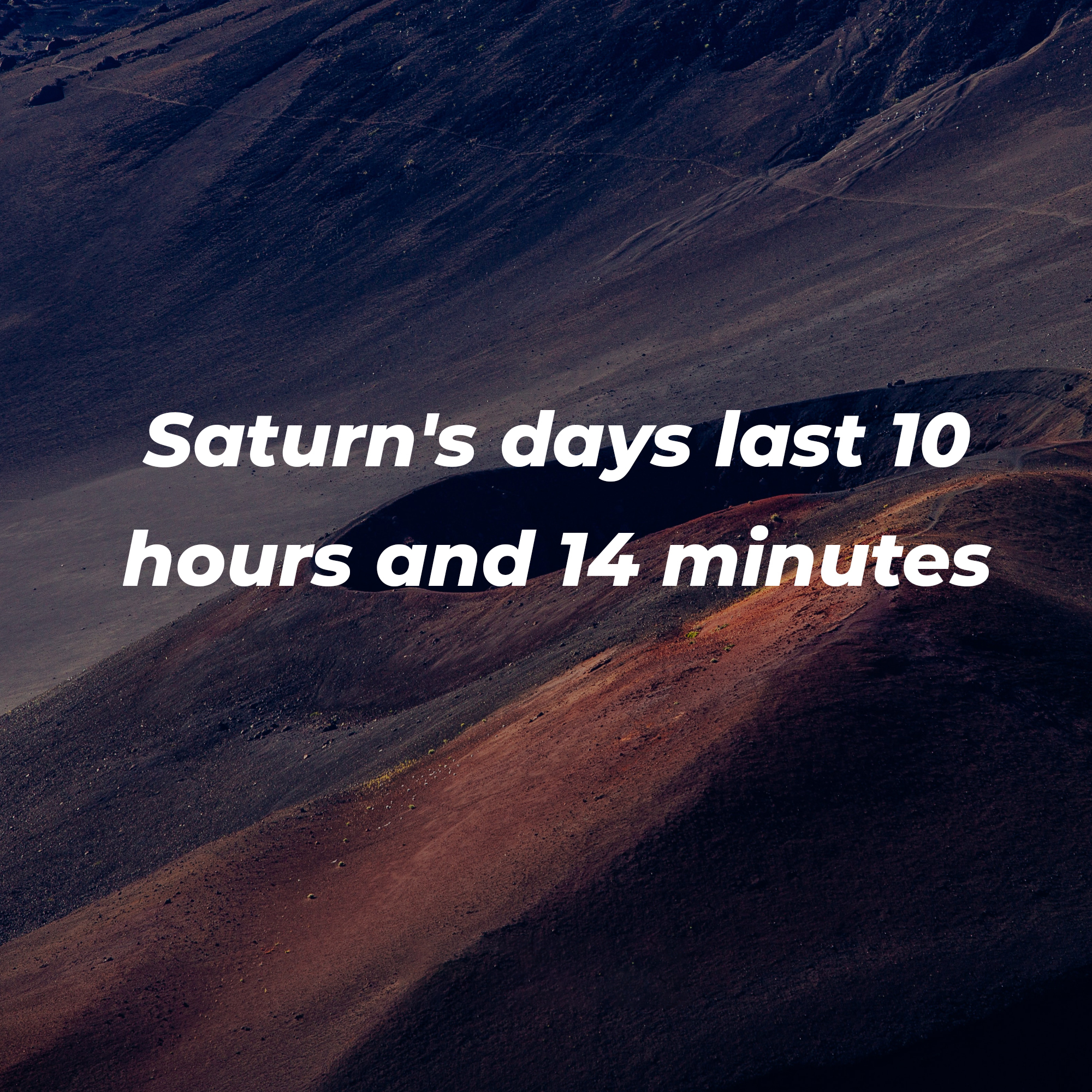
A picture of a mountainous landscape with overlaid text reading, “Saturn’s Days Last 10 hours and 14 minutes.” | Image: Unsplash
11. Saturn’s Rings Are Not Solid
This ringed planet may look like it has solid rings, but they are made up of rock, dust, and ice.
12. There Could Be Life on Saturn’s Moons
Scientists believe that there is or is a possibility of life forming on two moons of Saturn: Enceladus and Titan.
13. How Saturn’s Rings Came about Is Still up for Debate
One theory is that the rings came about when the planet's gravity tore up an ice moon of gigantic proportions.
14. Saturn Produces Its Own Radio Waves
It is thought that the metallic hydrogen found in Saturn cause these waves. Jupiter also produces radio waves, which are much more powerful.
15. Saturn’s Rings and the Moons That Affect Them
Out of all of Saturn's moons, many affect its famous rings. For example, Pandora and Prometheus keep them steady via their gravitational pull.
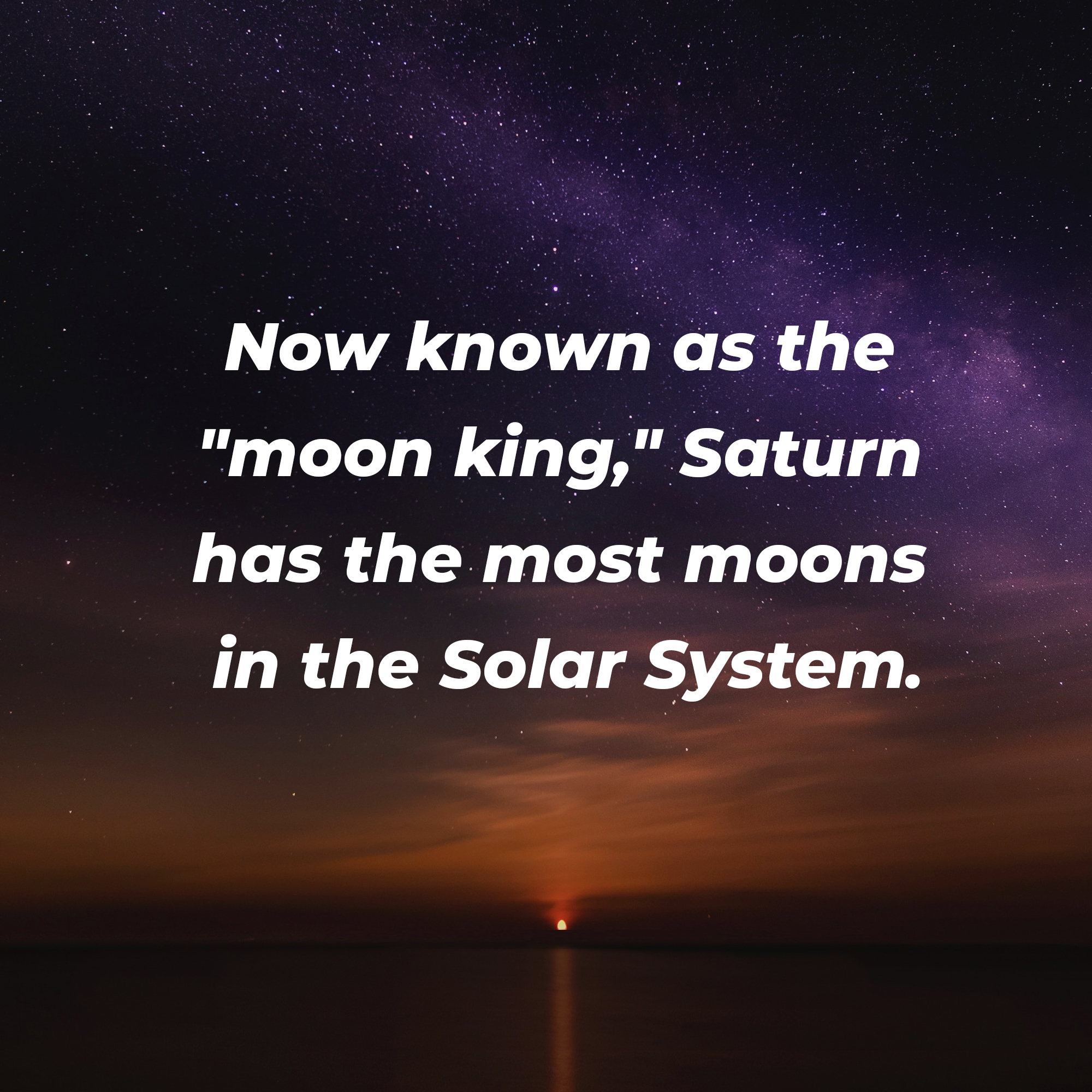
A picture of the sun setting down behind a body of water in the night sky with overlaid text reading, “Now known as the ‘moon king,’ Saturn has the most moons in the Solar System.” | Image: Unsplash
16. Saturn’s Rings Have Been around since the Age of the Dinosaurs
Scientists had only dated the existence of Saturn's rings by 100 million years ago. This discovery means they began making themselves known when dinosaurs roamed the Earth.
17. The Interior Heat of Saturn Goes up to Almost 12,000 Degrees Celsius
Scientists continue to investigate the cause of this heat. As of now, it is believed that the friction between helium and hydrogen on the planet is the cause.
18. Saturn’s Famous Storm: The Great White Storm
Every three decades, The Great White Spot appears on the planet. It was first seen in the late 1800s.
19. If Saturn Had a Core, It Would Be Twice the Earth’s Size or More
Saturn's possible core would be at least the size of two Earths and made up of nickel, iron, and other metals.
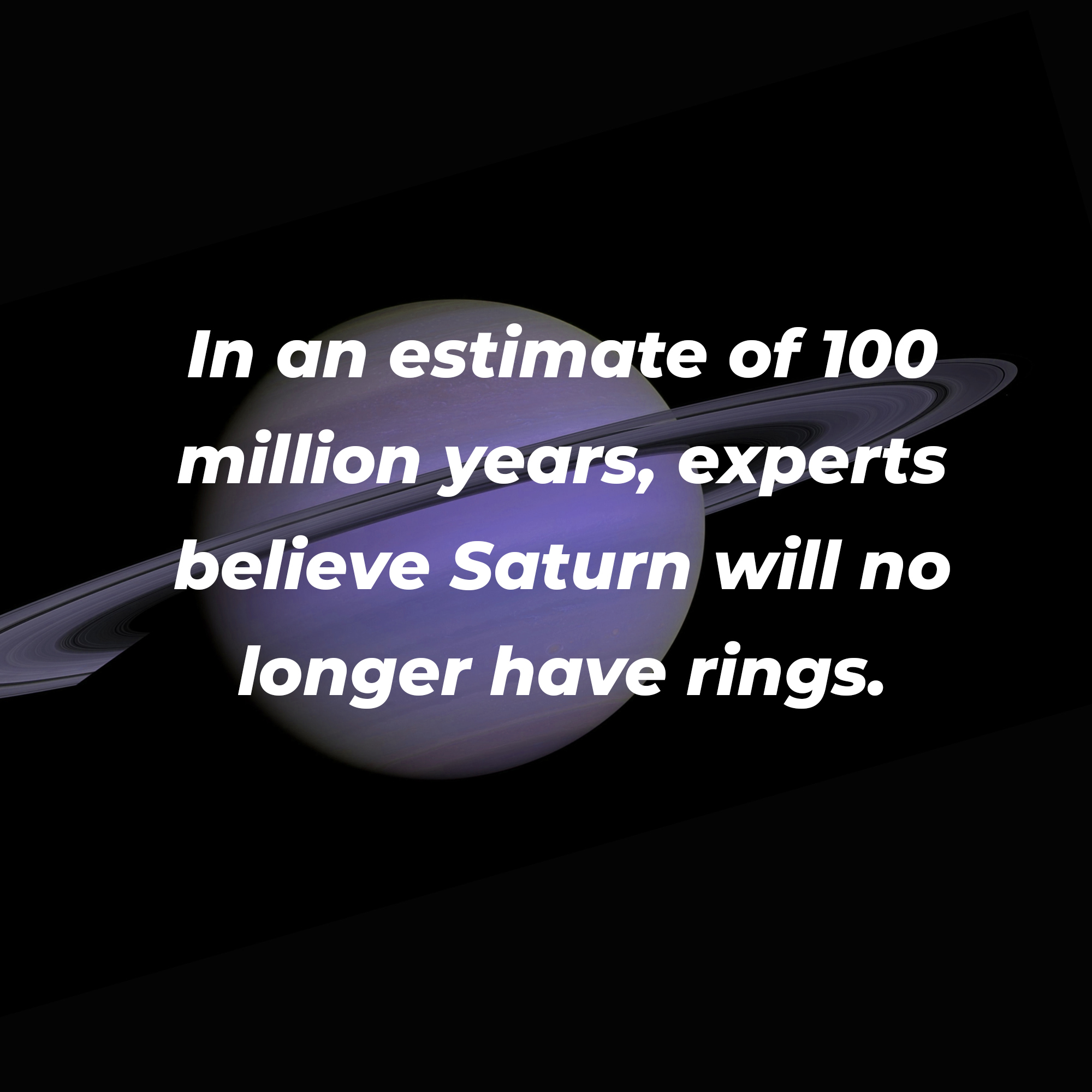
An animated picture of Saturn with overlaid text reading, “In an estimate of 100 million years, experts believe Saturn will no longer have rings.” | Image: Unsplash
Saturn is just one of the many planets that we know of that hold untold mysteries. In fact, we live in one of many Solar Systems that have untold mysteries, and so the universe goes on.
